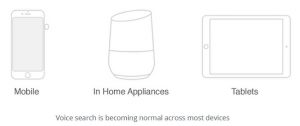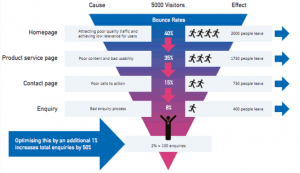
Aside from their ability to transform a dull and uninspired website, images can have a major impact on your organic traffic. They can attract visitors to your content whilst increasing ranking on both SERPS and image-led searches. The technique of optimising images, otherwise known as Image SEO is actually far less complex than you may have thought. We’ve put together 5 quick and easy tips to get you started.
Rename your image files
Most images that rank well on Google have one thing in common – they all feature a key word in their file name. Before uploading images, make certain that the file name isn’t a generic series of numbers given by your camera. Instead, rename to include keywords which describe the image and give context. Search bots will then use this as part of determining your websites relevancy which will affect your ranking.
Change the alt & title tags
Creating keyword rich alt & title tags is just as important. As with the file name, it’s the text alternative to an image and allows a search engine to understand its subject. Again, this requires descriptive text which is short and snappy. As a general rule of thumb, keep it below 140 characters and always use the primary keyword. Finally, keep your target audience in mind. Ask yourself what they would be searching for.
Use only the best
When it comes to images, you must never sacrifice on quality. Search engines are always keen to rank websites which provide a great user experience. Those with poor images are often dismissed and suffer the consequences. Although stock images offer the easiest way to add hi resolution pictures, try not to rely on this source. These rarely perform well on the rankings as they may have been used a thousand times before. Instead, try and opt for more unique pictures, or even better, why not dig out your SLR and take some for yourself.
Always keep it relevant
In our quest to create a visually appealing website, it can be tempting to choose the most eye-catching images, but are these relevant to the content? Be sure to ask yourself whether the image satisfies the intent of the user. If it doesn’t, it can poorly affect your bounce rate and could see your rankings slip. Also, be sure to place the image close to, and around the content. Search engines use this surrounding content to provide more information on the image subject.
Resize images
Quality may be important but don’t make the mistake of choosing images with huge file sizes. It will increase load times on your page and undo all that hard work. Resizing using your browser may seem convenient but the loading time will still be based on the original file. Instead, choose a platform like Adobe Photoshop which should allow you to compress the image without affecting quality.
Follow these simple tips and you should be a winner when it comes to image SEO.
Digital & Social Articles on Business 2 Community(24)






